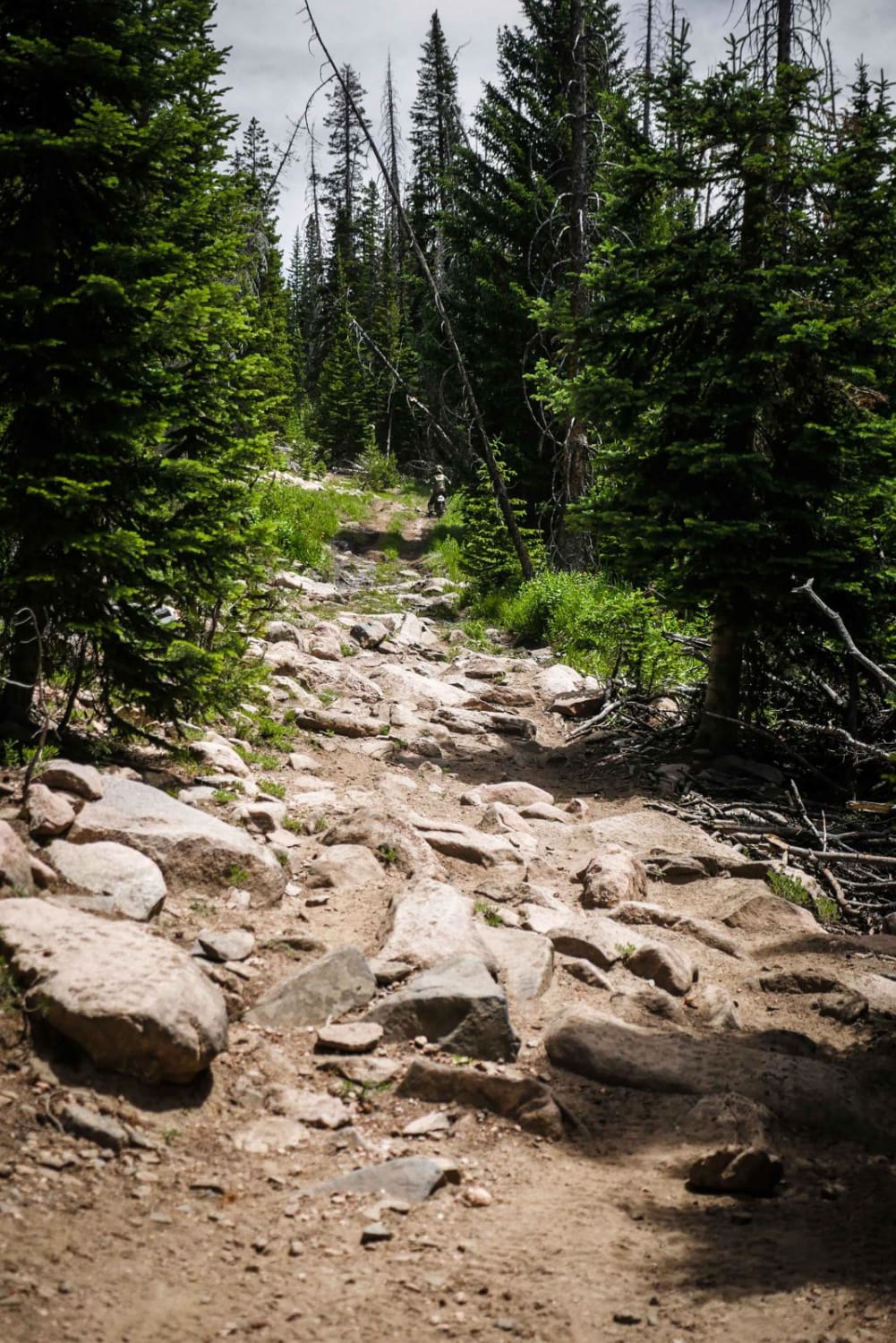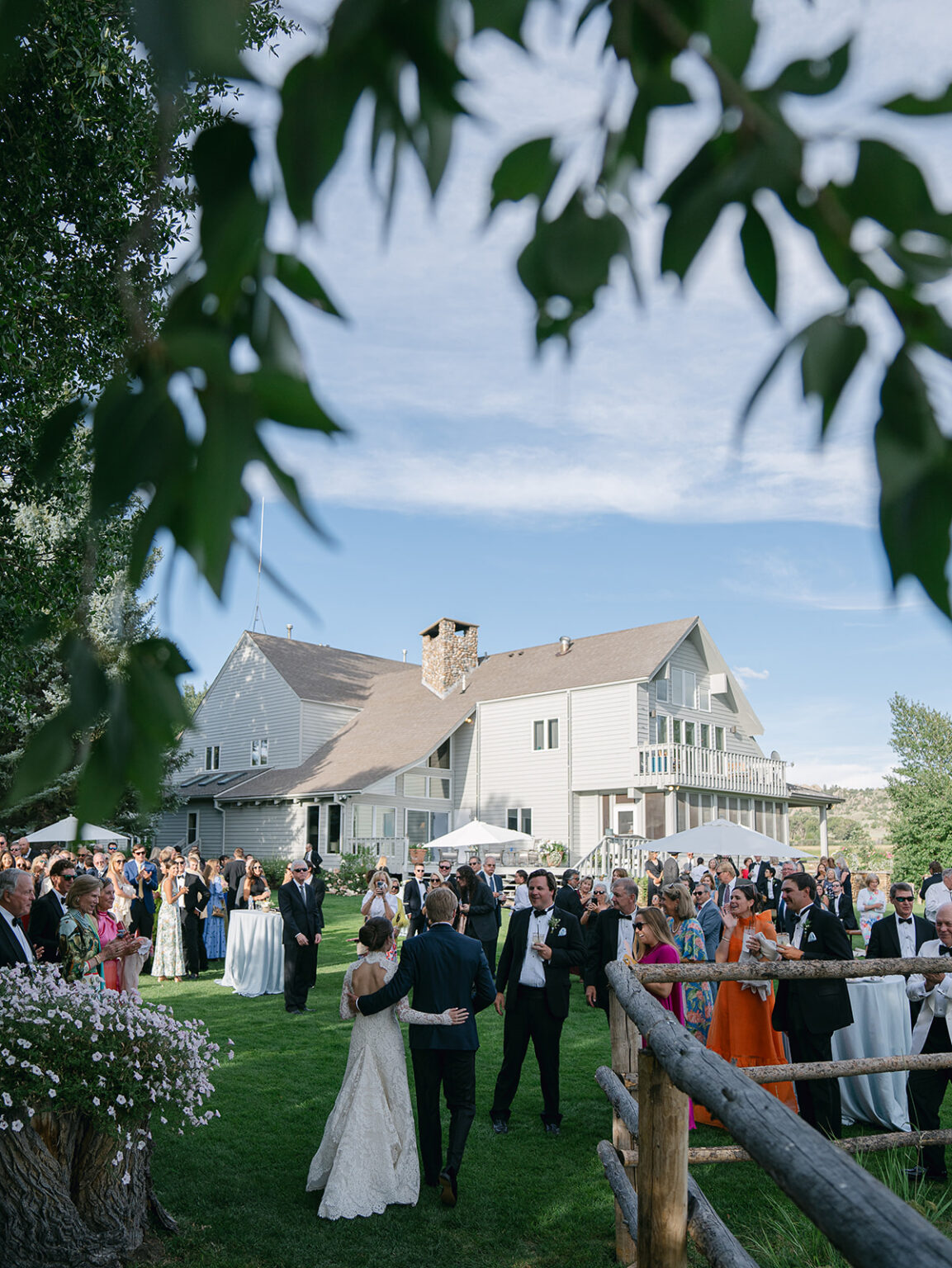
Echoes on the Trail: America’s Enduring Legends
America, a nation forged from diverse peoples and an untamed continent, is as much a tapestry of tales as it is a land of facts. From the whispers of ancient spirits to the tall tales of trailblazers, legends are woven into the very fabric of its identity, shaping perceptions of courage, hardship, and the relentless pursuit of destiny. These narratives, often blurring the lines between history and myth, serve not just as entertainment but as cultural touchstones, reflecting the hopes, fears, and triumphs of a nation constantly reinventing itself. To truly understand America, one must walk not only its historical paths but also its legendary byways, particularly those etched by the epic journey of westward expansion, such as the arduous Oregon Trail through Wyoming.
The foundation of American legends rests firmly on the oral traditions of its Indigenous peoples. Before European footsteps ever marred the pristine wilderness, intricate mythologies explained creation, the natural world, and the human condition. Tribes like the Lakota spoke of the White Buffalo Calf Woman bringing sacred pipes and teachings, while the Navajo recounted tales of the Hero Twins battling monsters to make the world safe for humanity. These stories, imbued with deep reverence for nature and a cyclical understanding of time, established a spiritual landscape that would subtly influence the newcomers, even as their own narratives began to dominate. They remind us that the land itself held stories long before it held borders.
As European settlers arrived, a new layer of legend began to form, often centered around the struggle to tame the wilderness and establish a new society. Figures like George Washington, the stoic leader of the Revolution, were quickly mythologized. The cherry tree anecdote, though almost certainly apocryphal, perfectly encapsulated the desired virtues of honesty and integrity for the nascent republic. Benjamin Franklin, the polymath inventor, became a symbol of American ingenuity and self-reliance, his kite experiment a legendary testament to scientific curiosity. These early legends served to create a shared national identity, offering heroes and moral lessons for a diverse populace seeking common ground.

However, it was the nineteenth century, with its fervent belief in Manifest Destiny, that truly ignited the American legend-making machine. The idea that it was America’s divinely ordained mission to expand across the continent spurred an epic migration that gave birth to countless tales of courage, endurance, and the quintessential American spirit of adventure. At the heart of this grand narrative lay the Oregon Trail, a brutal, 2,000-mile artery of hope and heartbreak that funnelled hundreds of thousands of pioneers from the Missouri River to the Pacific Northwest.
The Oregon Trail itself is a legend in motion. It wasn’t a single path but a network of ruts carved by countless wagons, mules, and oxen, stretching across plains, mountains, and deserts. "The journey was fraught with perils, but the promise of a new life drove us forward," wrote many a diarist, their words echoing the collective experience. The trail demanded unimaginable resilience. Disease, accidents, starvation, and encounters with both friendly and hostile Native American tribes claimed an estimated 1 in 10 travelers, leaving behind a grim trail of graves. Yet, the sheer audacity of the undertaking, the steadfast determination of families pulling their lives across a continent, imbues the trail with an almost mythical quality. Every mile traversed was a testament to human will, every river forded a battle won.
Within this grand saga, the segment of the Oregon Trail that winds through what is now Wyoming holds a particularly poignant place. Wyoming’s landscape was both a formidable obstacle and a canvas for enduring legends. The dry, unforgiving plains, the towering peaks of the Rocky Mountains, and the treacherous river crossings like the Platte and Sweetwater tested pioneers to their absolute limits. It was here, in the vast expanse of Wyoming, that many of the trail’s most iconic landmarks—and the legends associated with them—were encountered.
Independence Rock, a massive granite monolith rising from the plains near Alcova, Wyoming, became known as the "Great Register of the Desert." Thousands of emigrants, upon reaching this halfway point, carved their names, dates, and messages into its surface, a tangible and enduring record of their passage. "Many a pioneer, exhausted and weary, found solace in leaving their mark, a testament to their presence and their hope," notes historian John D. Unruh Jr. in "The Plains Across." These inscriptions are more than mere graffiti; they are a collective legend, a silent chorus of forgotten voices that still speak of dreams and determination. Further west, Register Cliff near Guernsey, Wyoming, offered another opportunity for pioneers to etch their names into history, a poignant reminder of the human desire to be remembered, even in the face of overwhelming odds. Devil’s Gate, a narrow chasm through which the Sweetwater River flows, was a fearsome landmark, its ominous name reflecting the dangers and superstitions that clung to such formidable natural features. These sites are not just geographical points; they are open-air museums of human endeavor, each stone and crevice whispering tales of the past.
Beyond the specific hardships of the trail, the spirit of westward expansion gave rise to a pantheon of American folk heroes, figures whose exploits, often exaggerated to fantastical proportions, embodied the spirit of the age. Paul Bunyan, the colossal lumberjack and his blue ox Babe, literally carved out the American landscape, felling forests with a single swing and creating lakes with his footsteps. Pecos Bill, the legendary cowboy, was said to have been raised by coyotes, lassoed a cyclone, and ridden a mountain lion, personifying the rugged individualism and mastery over nature that defined the frontier. Johnny Appleseed, a real-life figure named John Chapman, was transformed into a legend of generosity and foresight, planting apple orchards across the Midwest, leaving a trail of abundance in his wake. These larger-than-life characters provided a mythological framework for understanding the immense task of taming a continent, making the impossible seem achievable through sheer will and strength.
Then there were the real figures, whose lives blurred into legend. Davy Crockett, the "King of the Wild Frontier," became synonymous with the coonskin cap and a fearless spirit, his exploits at the Alamo cementing his place in the national consciousness. Daniel Boone, the archetypal frontiersman, explored and settled vast territories, his name becoming a byword for courage and pioneering spirit. Later, the Wild West produced figures like Calamity Jane, a rough-and-tumble frontierswoman whose sharpshooting and daring escapades made her a legend in her own right, challenging gender norms and embodying the lawless freedom of the frontier. Wild Bill Hickok, the legendary gunfighter and lawman, became the subject of countless dime novels, his quick draw and moral ambiguity making him a complex figure of both justice and violence.
The outlaws of the West also cemented their place in American legend. Jesse James, the notorious bank and train robber, was often portrayed as a kind of Robin Hood figure, robbing from the rich and occasionally giving to the poor, his legend growing with each daring escapade. Billy the Kid, the young, charismatic outlaw, became a symbol of rebellion and tragic fate. These figures, though often violent criminals, captured the public imagination, embodying a romanticized vision of freedom and defiance against authority in a rapidly changing world. Their stories, often retold with a blend of admiration and condemnation, continue to fascinate, reflecting a national ambivalence towards the edges of law and order.
Even today, America continues to generate new legends, often tapping into the enduring mystery of its vast, wild spaces. Cryptids like Bigfoot, the elusive ape-like creature said to roam the Pacific Northwest and other remote areas, are modern manifestations of the ancient human desire to believe in the unknown, a contemporary echo of the monsters and spirits that once populated Indigenous mythologies. These modern legends, often fueled by blurry photographs and eyewitness accounts, reflect a lingering sense that despite all our advancements, there are still parts of America, and indeed the world, that remain wild, untamed, and ripe for discovery—or rediscovery.

In conclusion, the legends of America are far more than mere stories; they are a living, evolving narrative that defines the nation’s character. From the ancient spirits of the land to the pioneering grit of the Oregon Trail, particularly through the rugged heart of Wyoming, these tales illuminate the American journey. They celebrate courage in the face of adversity, ingenuity in the wild, and the relentless pursuit of a dream, however elusive. They remind us of the incredible human drama that unfolded across this vast continent, shaping its destiny and imbuing its landscapes with indelible meaning. As new challenges arise and new stories are told, America’s legendary spirit will undoubtedly continue to evolve, an eternal testament to a people who have always sought to understand themselves through the powerful, enduring echoes of their past.


